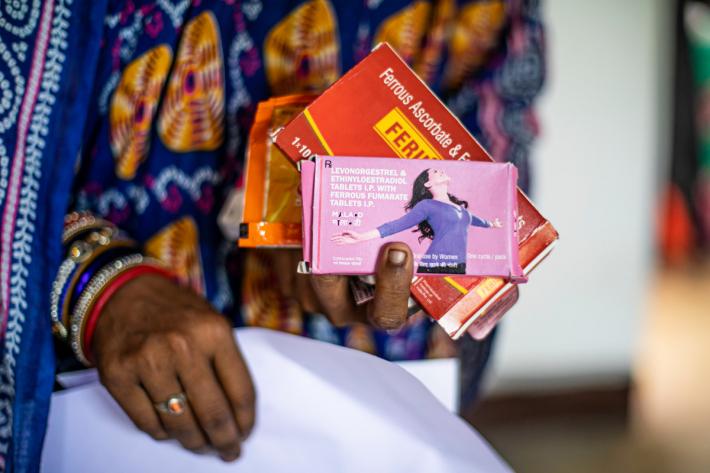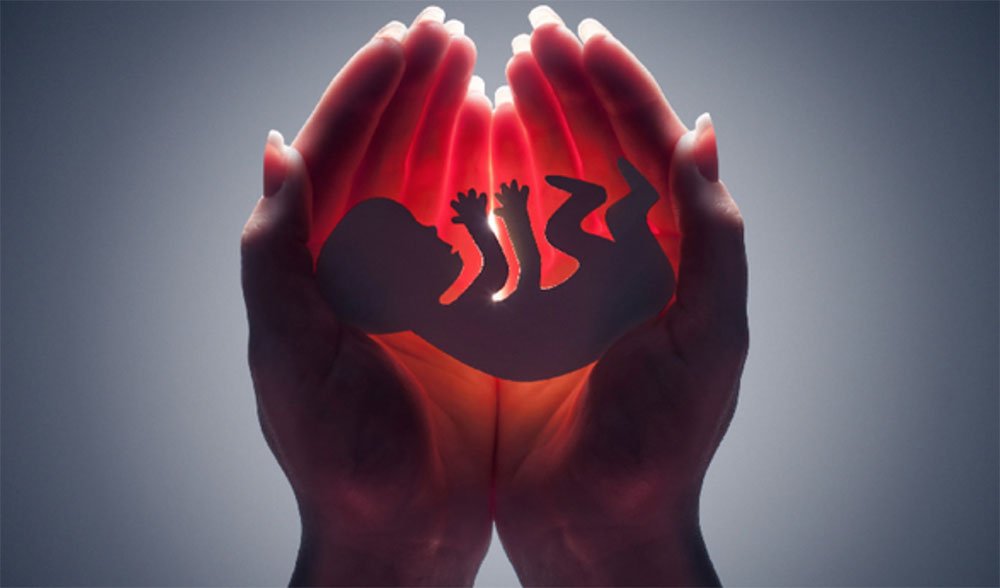By Advocate Meenu Padha and Varushi Yadav
Introduction
It would not be wrong to argue that in India, the concept of human rights was first introduced and systematically institutionalised in 1950 when our country’s Constitution came into force. Many governmental programmes and methods have been created to supplement the rising acknowledgement of an individual’s rights, and the human rights movement has witnessed significant progress and success.
In India, the issue of reproductive rights remains uncertain. While the importance of both men and women’s rights to choose and control their own reproductive functions has grown in prominence, the concept’s introduction in India is particularly difficult due to the country’s complex social structures, where procreation is frequently seen as a social expectation and individual rights are often overlooked. Reproductive rights, in a broader sense, have received greater attention in recent years. This is due, in part, to the unwavering efforts of civil society organisations, who have emphasised the importance of international treaties in the Indian context.
Experts have pointed out that reproductive rights are an intrinsic aspect of human rights in general, as well as our Constitution on a national level, and that India owes them to all its women and those who identify as such. Reproductive rights and a larger human rights framework are mutually interdependent. Reproductive rights receive their meaning and force from long-recognized human rights, just as human rights cannot be realised without championing women’s reproductive rights. However, how the two are combined in practice is unclear. Indeed, explaining to an Indian audience that reproductive rights pertain to everyone, regardless of age or marital status, is a tough notion to grasp. It’s no surprise, then, that reproductive rights have yet to be fully established, despite the fact that they are an inalienable component of every human being.
Miserable Condition That We Need To Be Aware Of
In India, one woman dies every 15 minutes during pregnancy and childbirth due to lack of healthcare. Despite the fact that India legalised abortion over five decades ago, access is highly limited, and one woman in India is believed to die every three hours as a result of unsafe abortion. Despite national legislation prohibiting the marriage of girls under the age of 18, India continues to have the highest number of child weddings; and despite regulations and initiatives ensuring women’s maternal healthcare, India is responsible for 20% of all maternal deaths worldwide. Several states have established coercive population policies that bar families with more than two children from assistance programmes, government jobs, political engagement, and access to education and health care – all without ensuring that couples have access to a full range of contraceptive treatments.
Furthermore, Indian women face one of the world’s highest rates of HIV/AIDS infection and discrimination if infected, as well as forced abortions of female foetuses, trafficking for forced prostitution, custodial rape in government institutions, workplace sexual harassment, and harmful cultural practices that seriously undermine reproductive health. As numerous national and international stakeholders battle to give meaning to essential ideas such as women empowerment, rights, and choice, the right to reproductive health, including abortion, takes on special significance in the Indian context. A woman, for example, should have the freedom to choose whether or not she wants to marry, who she wants to marry, whether or not she wants to have children, how many children she wants to have, and the spacing between them. This is significant because, while both the male and female contribute to procreation, it is the female who is biologically responsible for ensuring the baby’ complete growth.
In the past, India’s reproductive health legislation and policies have failed to embrace a rights-based approach. Simply put, based on the various definitions of reproductive rights, they can be said to include some or all of the following rights: the right to safe and legal abortion; the right to control one’s reproductive functions; the right to access in order to make reproductive choices free of coercion, discrimination, and violence; and the right to access education about contraception and sexually transmitted diseases. The need for us to recognise and address these as rights has become even more apparent in the midst of the pandemic when women have been left to suffer as a result of massive changes in family and social dynamics, disruption in peer support, and a lack of health facilities – because they have not been informed and empowered to demand what is due to them.
According to a new survey issued, over 139 million women and girls in India currently use contemporary contraception techniques. The progress made in family planning over the last eight years is detailed in a study issued by FP2020, a global collaboration that supports the reproductive rights of women and girls.
Reproductive Laws And Rights One Should Be Aware Of
In 2021, the Medical Termination of Pregnancy Amendment Act 2021 was passed with certain amendments in the MTP Act including all women being allowed to seek safe abortion services on grounds of contraceptive failure, increase in gestation limit to 24 weeks for special categories of women, and opinion of one provider required up to 20 weeks of gestation. Abortion can be performed until 24 weeks of pregnancy after the MTP Amendment Act 2021 has come in force by notification in Gazette from 24th September 2021. The government’s public national health insurance funds, Ayushman Bharat and Employees’ State Insurance cover abortion completely, with the package rate for surgical abortion set at Rs 15,500 which includes consultation, therapy, hospital stays, medication, Ultrasonography, and any follow-up treatments. The package rate for medical abortion is Rs1,500 which includes consultation and Ultrasonography.
Despite the fact that safe abortions are a state-mandated service, only around a quarter of abortions are performed at public health institutions. The majority of public health services in rural areas do not provide safe abortion services due to a lack of resources and equipment. Despite the fact that this law allows women to get safe abortions under specific circumstances, there are still a number of obstacles to overcome.
Covid 19 Impacts On Contraception And Safe Abortion Services
During COVID-19, the Ministry of Health and Family Welfare (MoHFW) deemed contraception and safe abortion services to be essential health care. COVID-19, on the other hand, has increased the existing difficulties in obtaining these services. Abortion is a health care service that saves lives and protects the health and well-being of women and girls. Understanding how organizations have adapted their safe abortion care programmes to maintain service delivery while seeking to protect their clients, staff and communities from contracting COVID-19, is vital, Covid-19 has wreaked havoc on many aspects of our lives across the globe, reproductive health and family planning are no exception. Over the last 18 months, access to women’s health care services, including contraception, family planning and abortion, has been severely disrupted. As a result, an estimated two million women have experienced unwanted pregnancies. Furthermore, a survey conducted by the World Health Organization suggested a 68% disruption to family planning and contraceptive services across 105 countries.
Although still reeling from the effects of the sudden pandemic onset, the health system over the last year attempted to adapt to meet the growing need for effective women’s care and foster preparedness. One shining example of this was the sudden rise in the provision and adoption of online teleconsultations and digital resources. Availability and accessibility posed two critical components that needed strengthening in care delivery. With the advent of digitalization in the country, spearheaded by the government’s flagship Digital India initiative, we have advanced every day, reaching women from more remote and far-flung corners of rural India with digital platforms. Due to a decline in in-clinic consults, travel restrictions, and overburdened infrastructure and practitioners, Covid provided a significant obstacle to getting such treatment, adding to existing limits in women’s health — social stigma, misinformation, lack of understanding, and family pressures. The health system was forced to prioritize temporary contraceptives like condoms and the oral contraceptive pill above longer-term choices like intra-uterine contraceptive devices (IUCDs) and sterilization, especially during the first lockdown, which limited the basket of treatment options for women.
Conclusion
The social backdrop in India substantially influences women’s reproductive behaviour, defining the pressures, limits, and options available to them. Gender-biased norms and practices that regulate family matters severely limit women’s ability to exercise their reproductive rights. At a higher level, there are various apparent inconsistencies in how policies are made, services are offered, and how demographic trends and aspirations concerning family size and composition impact contraception and abortion demand. Despite the fact that India was one of the first countries in the world to adopt legal and regulatory frameworks ensuring access to abortion and contraception, women and girls still face major obstacles to fully exercising their reproductive rights – it is time to change that. Let us vow to support and steer reproductive rights on this Human Rights Day, not only because we want healthier women, but also because we want empowered women and girls.




